HISTORY FEATURE: Joyce’s shopping lists show just how much life has changed
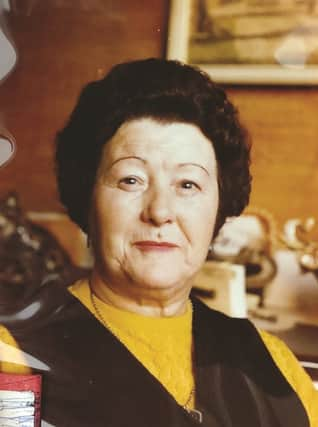

In addition to the £1 8s spent on festive gifts, she bought her more everyday items, including chicken and a dozen medium eggs.
On Wednesday, August 10, 1994, Joyce was out shopping again, buying burger meals, chocolates, pork pies and dusters. She also got her hair done and paid the bill for her newspapers.
Advertisement
Hide AdAdvertisement
Hide AdWe know all this because Joyce kept painstaking records of all her purchases from about 1955 to the mid-90s, stopping just a couple of years before she died in 1998.
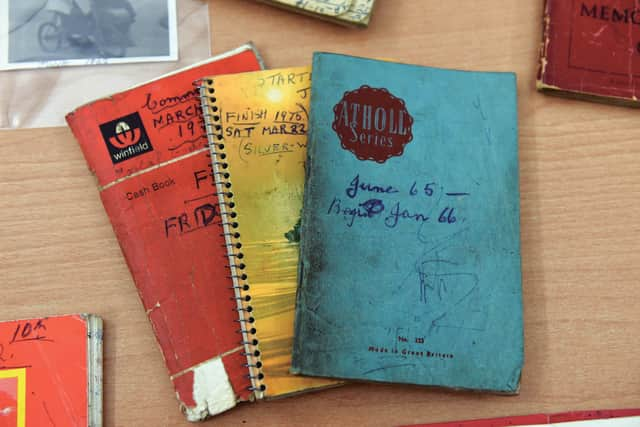

These outgoings were jotted in little journals — dozens of them — which are now stored by Rotherham Archives having been donated by a family member in 2022.
Archivist Clare Sexton said: “Bills and receipts are ephemeral records, in that they are never meant to be kept forever.
“But ephemeral records often gain historical value over time and indeed they can tell us so much.
Advertisement
Hide AdAdvertisement
Hide Ad“I often wonder what Joyce would think if she knew her notebooks detailing food and domestic items that she purchased from shops in and around Rotherham from 1955 to 1995, were now held for posterity here at Rotherham Archives.”
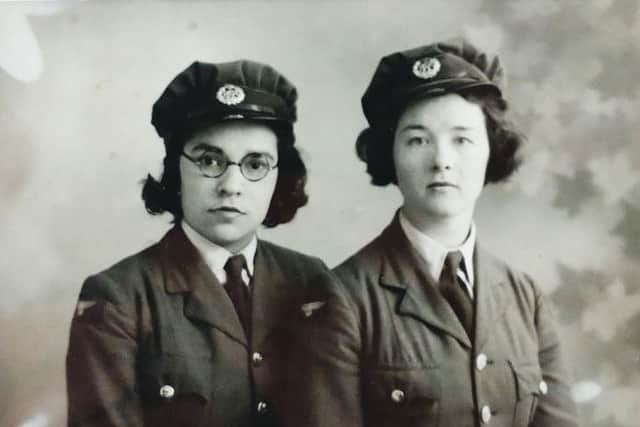

Joyce was born on November 16, 1921, in Bradwell, Derbyshire. During the Second World War she worked in signals for the RAF.
While serving in Egypt in 1945, she wrote a letter to sister Vera in which she explains how she has been spending her leisure time — and seems to have been enjoying her time out there.
“I suppose I can now tell you where I am,” writes Joyce. “We are on a desert station near the Suez Canal.
Advertisement
Hide AdAdvertisement
Hide Ad“Despite being so far from any civilization, we find plenty to do.
“The salt lakes being the chief attraction. The water is so salty it’s easy work swimming. And very warm.
“It is better than any hot bath and the salt is good for your skin. There is boating, surf riding and all kinds of water games.”
Further down the letter, Joyce compares buying items in Egypt to back home.
Advertisement
Hide AdAdvertisement
Hide Ad“Everything is such a terrible price here,” she says. “I would like a couple of frocks for leave but they cost so much. No coupons admitted here.
“Got any you don’t wear? Guess you haven’t. But they would be so useful as we can wear civvies for the dances on camp.”
Clare suggests that it was Joyce’s experience as a young woman amid wartime shortages and rationing which motivated her to keep her shopping notebooks for most of her life.
“She went shopping nearly every day,” said Clare. “Indeed, she was conscious of the cost of everyday things and was willing to shop around to get the best price, according to her daughter-in-law, who donated the collection to Rotherham Archives.”
Advertisement
Hide AdAdvertisement
Hide AdAfter the war, Joyce met husband George and they rented a home in Sheffield before buying a new-build house in Whitehill Road, Brinsworth.
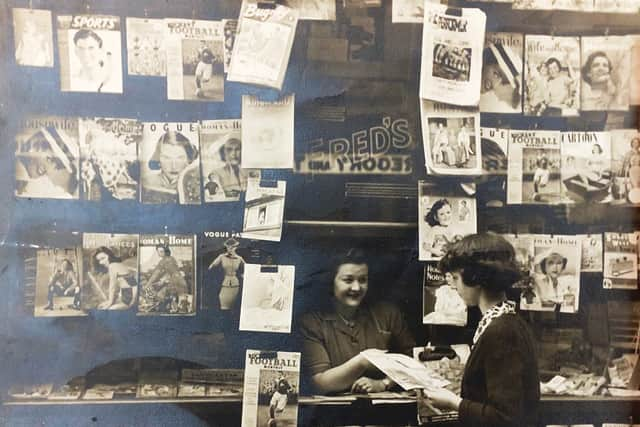

She worked at Fred Dial’s newsagency kiosk in Sheffield until the birth of son Robert in 1958, after which she became a housewife.
Her itemised lists provide an insight into typical family life in the borough through the decades, as well as highlighting broader shifts in shopping and eating habits.
In the 1950s, Joyce is routinely purchasing bacon, boiled ham, pork pies, sausages, liver, corned beef, tongue, tinned fish, sardines, salmon and crab.
Advertisement
Hide AdAdvertisement
Hide AdAlso frequently appearing on the list were cornflakes for breakfast; tinned beans and peas; biscuits and sweets; and apples and bananas.
Less often, money would go on spaghetti, which was still something of an exotic food at the time.
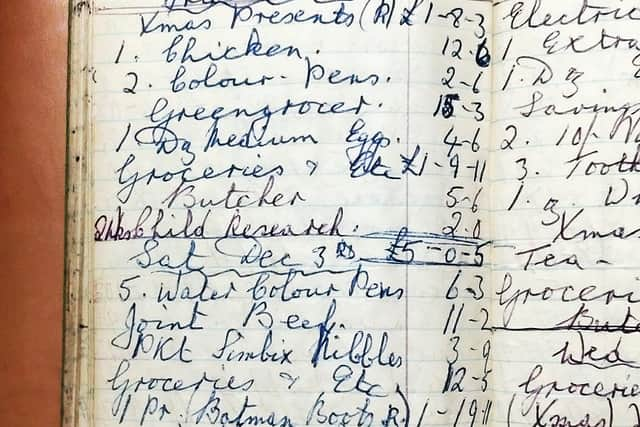

After Robert was born, there were purchases like announcement cards, a cot, material to make cot sheets, a pram, baby bottles, vests and suit, powdered milk and baby soap. Chocolates with the note “for nurses” were presumably for the staff who helped deliver the baby.
Into the 1960s, we see Joyce buying school dinners for Robert. Brands like KitKat begin to appear.
Advertisement
Hide AdAdvertisement
Hide AdOn Thursday, October 29, 1970, Joyce spent 2s 6d at the butchers, bought a birthday present (for someone called Colin), paid the milk bill and purchased a chicken pie and sandwich tin.
The list for Friday, March 25, 1983, includes £2.95 at the greengrocers, 48p on a granary loaf, a £3.52 spend at Marks & Spencer, plus £1.71 on Easter cards and £2.81 on ham and beef.
By the 1990s, there are more trips to fast food outlets — KFC, McDonald’s and fish and chips shops — showing a growing preference for eating out.
Clare (right) said: “There were also more regular trips to the hairdressers and make-up purchases for Joyce. You can tell from the photographs that she was always very smart, with perfect makeup and hair.
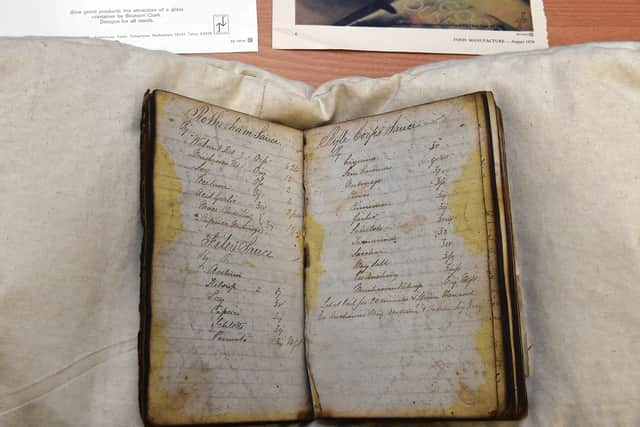

Advertisement
Hide AdAdvertisement
Hide Ad“Unfortunately, the notebooks become less itemised over the years. Instead, she lists the shops she went to including Morrisons, Sainsbury’s, Asda, Tesco, Marks and Spencer’s, Boots and Poundland.
“However, you notice she is still going to multiple shops almost every day... and she was still regularly buying pork pies!”
The collection of almost 50 books kept by Joyce are an example of how simple items can take on local historical value.
“The collection is very relevant today considering the current cost of living crisis,” said Clare. “It also provides a valuable insight into what a working family ate, the shopping habits of a housewife and the experiences of a local women, as well as family and domestic life in post-war Rotherham.
Advertisement
Hide AdAdvertisement
Hide Ad“It’s one of my favourite collections that we have acquired since I started working here in September 2021.”
“It is incredible to me what material still survives out there. We take in donations all the time, with 23 collections donated in November.”
* BASED on a Secrets from the Archives talk at Clifton Park Museum.
The next events — both free to attend on Friday, January 27 — are a “Ten Minute Talk” on life in Neolithic Rotherham (11am) and a look back at what the archives service has been doing in the past year (2pm to 3pm).
Advertisement
Hide AdAdvertisement
Hide AdA Year In Archives is repeated on January 28 from 11am to noon.
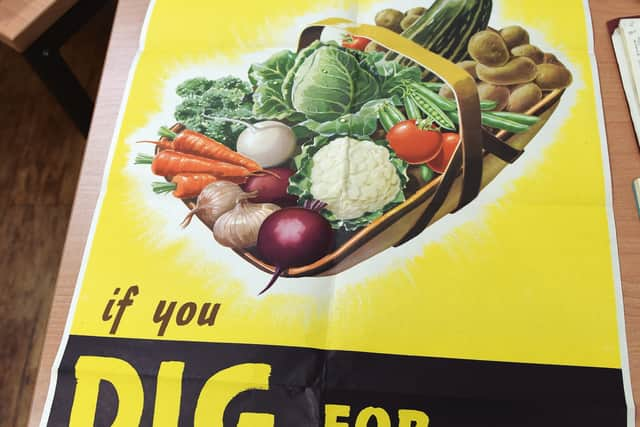

Habits learned from rationing
RATIONING and wartime shortages appear to have embedded in Joyce Craven the lifelong habit of shopping around for the best deals and ensuring value for money in the family’s purchases.
Rotherham Archives also holds recipes from the 1940s, compiled by the Women’s Voluntary Services under Mrs D Overington.
Some of these were made into the booklets produced by the Rotherham Food Advisory Bureau, whose head was Mrs Overington’s husband.
Advertisement
Hide AdAdvertisement
Hide AdArchivist Clare Sexton said: “There are some interesting recipes such as fish custard or perhaps brains on toast.
“The leaflets show if you are creative, you can do a lot with not very much.
“There is also an emphasis on having a healthy balanced diet and eating fresh and seasonal produce, which interestingly are similar to the messages developed by Jamie Oliver, when he set up his version of the Ministry of Food in Rotherham in 2006.
“At the same time, what strikes me most is the number of recipes that are for puddings, cakes and biscuits especially in the booklet for 1944.
Advertisement
Hide AdAdvertisement
Hide Ad“There are 13 pages of puddings, cakes and biscuits aimed at children. Then another 15 pages on listing recipes for cakes for teatime. I am guessing everyone was missing eggs and sugar by the end of 1944!”